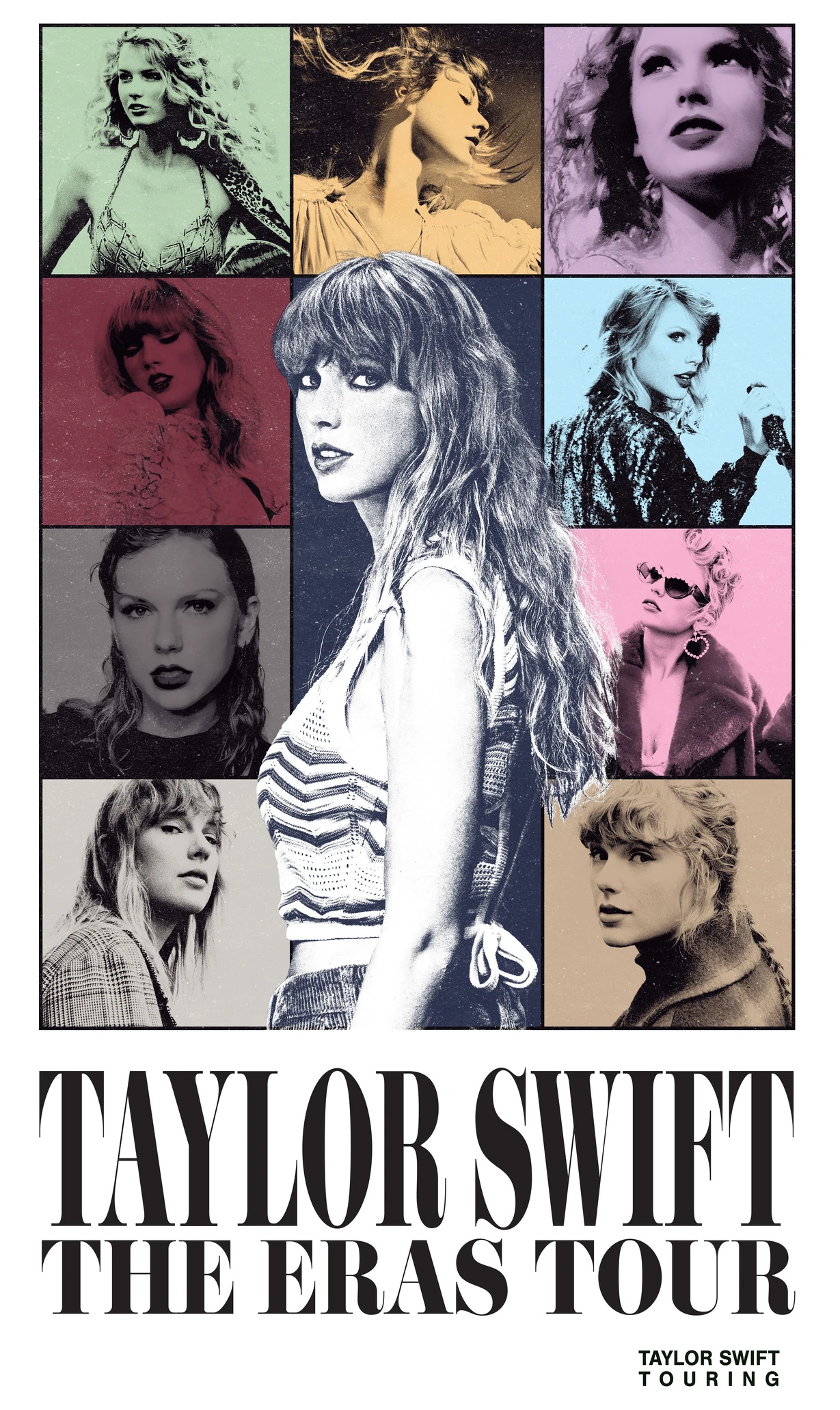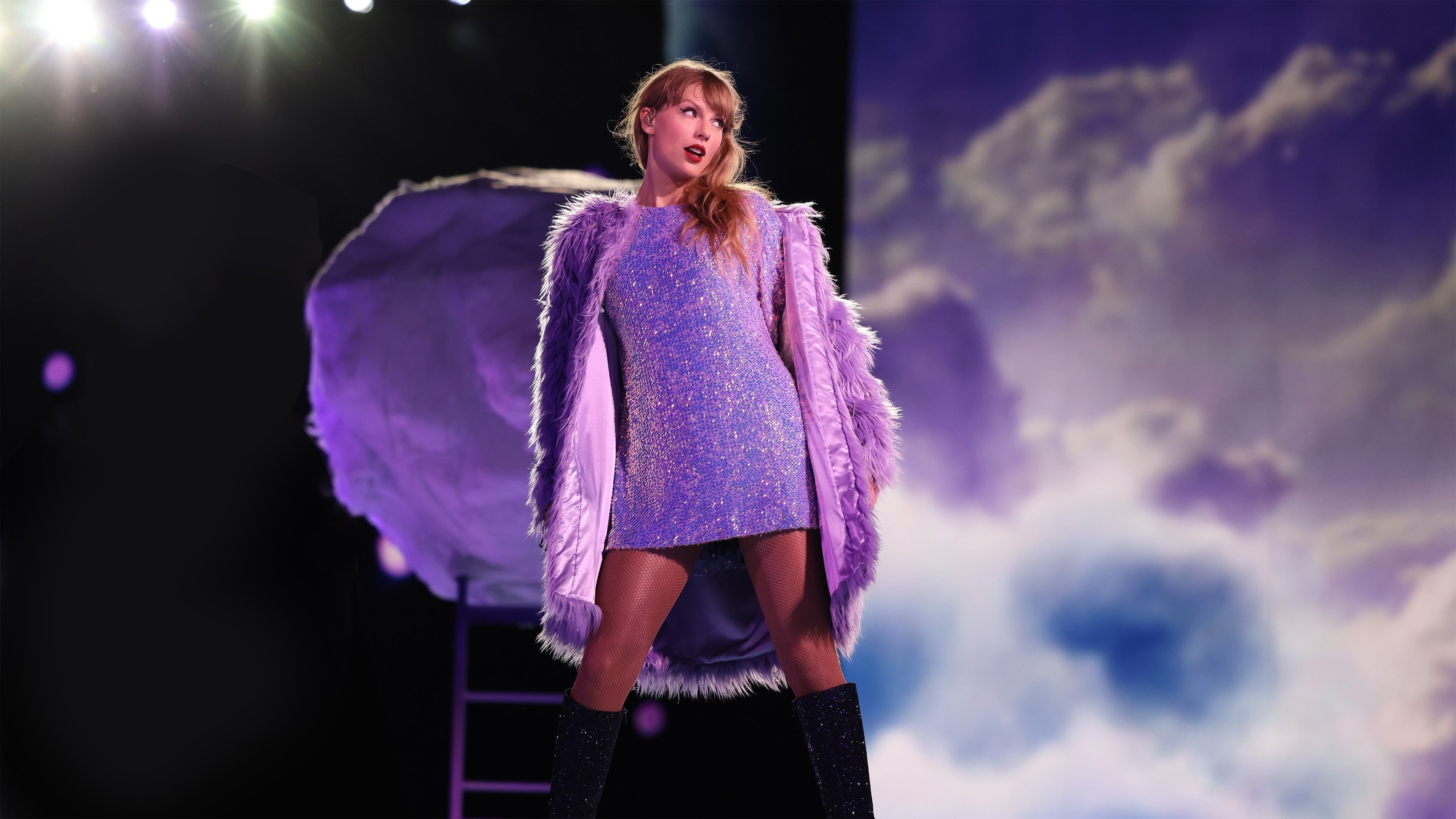Movie Eras: A Journey Through The Golden Ages Of Cinema
There’s something magical about movies that transcends time, culture, and language. Movie eras have shaped the way we perceive storytelling and entertainment, leaving an indelible mark on our collective consciousness. From the silent films of the early 20th century to the CGI-heavy blockbusters of today, each era has its own unique charm and significance. But what exactly defines a movie era? Let’s dive in and explore the fascinating evolution of cinema.
When you think about it, movies are like time capsules. They capture the essence of a particular period, reflecting the social, cultural, and technological advancements of the time. Whether it’s the black-and-white classics of Hollywood’s Golden Age or the mind-blowing visuals of modern sci-fi epics, each movie era tells a story of its own. Understanding these eras helps us appreciate the art of filmmaking even more.
This article will take you on a journey through the most iconic movie eras, exploring their defining characteristics, influential films, and the legends who brought them to life. So buckle up, grab some popcorn, and let’s explore the magic of cinema together!
- Nra Dana Loesch The Story Behind The Controversial Figure
- Unveiling The Mysteries Of October Star Sign Unlock Your Zodiac Destiny
Table of Contents
- What Are Movie Eras?
- Silent Film Era: The Birth of Cinema
- Golden Age of Hollywood: The Golden Standard
- New Hollywood Era: The Age of Rebellion
- Blockbuster Era: Bigger, Better, Faster
- Modern Cinema Era: Technology Meets Creativity
- Influential Films of Each Era
- Key Players: The Legends Who Shaped Movie Eras
- Technological Advancements: Driving Forces Behind Movie Eras
- The Future of Movie Eras: Where Are We Headed?
- Conclusion: Celebrating the Magic of Movie Eras
What Are Movie Eras?
Alright, let’s get the basics outta the way first. Movie eras refer to distinct periods in the history of cinema, each characterized by specific trends, styles, and technological advancements. Think of them as chapters in a book, where each chapter tells a different story about how movies evolved over time.
These eras are not just about the films themselves but also about the cultural and societal shifts that influenced them. For instance, the Silent Film Era was all about visual storytelling, while the Blockbuster Era embraced big-budget spectacles. Understanding these eras gives us a deeper appreciation of how far cinema has come and where it might be headed.
So, what makes a movie era? Well, it’s a combination of factors like the type of films being made, the technology used, the stars of the time, and the overall vibe of the industry. Each era has its own unique flavor, and that’s what makes them so fascinating to explore.
- Inger Stevens The Tragic Tale Of A Forgotten Hollywood Star
- Kehlani Wife Unveiling The Life And Story Behind The Spotlight
Silent Film Era: The Birth of Cinema
How It All Began
The Silent Film Era, which spanned from the late 1800s to the late 1920s, was the starting point of the cinematic journey. Back then, movies didn’t have synchronized sound, so filmmakers had to rely on visuals, music, and intertitles to tell their stories. It was like watching a live performance without hearing the actors’ voices, but that’s what made it so special.
This era gave rise to some of the most iconic films and filmmakers in history. Charlie Chaplin, Buster Keaton, and D.W. Griffith were just a few of the legends who made their mark during this time. Their films were not only entertaining but also groundbreaking in terms of storytelling and cinematography.
- Charlie Chaplin’s “The Kid”
- Buster Keaton’s “The General”
- D.W. Griffith’s “The Birth of a Nation”
Why Silent Films Matter
Even though silent films might seem outdated today, they laid the foundation for everything that came after. The techniques developed during this era, like close-ups, cross-cutting, and special effects, are still used in modern filmmaking. Plus, they remind us of the power of visual storytelling, something that’s more relevant than ever in today’s visual-centric world.
Golden Age of Hollywood: The Golden Standard
The Era of Glamour
Move over silent films, it’s time for the Golden Age of Hollywood. This period, which lasted from the late 1920s to the early 1960s, was all about glitz, glamour, and larger-than-life stars. Think Clark Gable, Audrey Hepburn, and Elizabeth Taylor—these were the icons who ruled the screen.
The introduction of synchronized sound, or "talkies," revolutionized the industry. Suddenly, movies could talk, sing, and even dance. This opened up a whole new world of possibilities for filmmakers, leading to the creation of some of the most beloved films of all time.
- “Gone with the Wind”
- “Casablanca”
- “Singin’ in the Rain”
Behind the Scenes
But it wasn’t all red carpets and award shows. The Golden Age was also marked by the studio system, where major studios like MGM, Warner Bros., and Paramount controlled every aspect of a film’s production. This system gave rise to some incredible films but also limited the creative freedom of filmmakers.
New Hollywood Era: The Age of Rebellion
Breaking the Mold
Fast forward to the late 1960s and early 1970s, and we enter the New Hollywood Era. This was a time of rebellion and experimentation, where young filmmakers challenged the traditional Hollywood system. Directors like Francis Ford Coppola, Martin Scorsese, and Steven Spielberg became household names, thanks to their innovative storytelling and bold visions.
This era was all about pushing boundaries and taking risks. Films like “The Godfather,” “Taxi Driver,” and “Jaws” redefined what cinema could be, paving the way for future generations of filmmakers.
Impact on the Industry
The New Hollywood Era not only changed the way movies were made but also how they were marketed and distributed. It marked the beginning of the blockbuster phenomenon, where studios started investing heavily in big-budget films with mass appeal.
Blockbuster Era: Bigger, Better, Faster
The Rise of the Blockbuster
Speaking of blockbusters, the late 1970s and 1980s saw the rise of the Blockbuster Era. This was the time when movies became mega-events, drawing huge crowds and breaking box office records. Films like “Star Wars,” “E.T. the Extra-Terrestrial,” and “Indiana Jones” became cultural phenomena, capturing the imagination of audiences worldwide.
This era was all about spectacle and scale. Studios invested in cutting-edge technology to create mind-blowing visuals and special effects, making movies more immersive than ever before.
Challenges and Opportunities
However, the focus on blockbusters also led to some challenges. Smaller, independent films often struggled to find an audience, overshadowed by the big-budget spectacles. Yet, this era also created opportunities for filmmakers to experiment with new genres and storytelling techniques.
Modern Cinema Era: Technology Meets Creativity
A New Era of Filmmaking
We’ve come a long way from the days of silent films, and today’s Modern Cinema Era is a testament to that. With advancements in digital technology, filmmakers now have more tools at their disposal than ever before. From CGI to virtual reality, the possibilities are endless.
This era is also marked by a shift towards diversity and inclusion, with more stories being told from different perspectives. Filmmakers are breaking down barriers and challenging stereotypes, creating a richer and more diverse cinematic landscape.
What’s Next?
As we look to the future, it’s exciting to think about what’s in store for cinema. Will we see even more groundbreaking technology? Will streaming platforms continue to dominate the industry? One thing’s for sure—movie eras will keep evolving, just like the world around us.
Influential Films of Each Era
Throughout the history of cinema, certain films have stood out as game-changers. Here’s a quick rundown of some of the most influential films from each era:
- Silent Film Era: “The Kid” (1921)
- Golden Age of Hollywood: “Casablanca” (1942)
- New Hollywood Era: “The Godfather” (1972)
- Blockbuster Era: “Star Wars” (1977)
- Modern Cinema Era: “Avatar” (2009)
Key Players: The Legends Who Shaped Movie Eras
Behind every great movie era are the legends who brought them to life. These directors, actors, and filmmakers have left an indelible mark on the industry, shaping the way we experience cinema today.
- Charlie Chaplin: Silent Film Era
- Audrey Hepburn: Golden Age of Hollywood
- Francis Ford Coppola: New Hollywood Era
- Steven Spielberg: Blockbuster Era
- James Cameron: Modern Cinema Era
Technological Advancements: Driving Forces Behind Movie Eras
Technology has always played a crucial role in shaping movie eras. From the invention of synchronized sound to the rise of digital effects, each advancement has opened up new possibilities for filmmakers. As we continue to push the boundaries of what’s possible, the future of cinema looks brighter than ever.
The Future of Movie Eras: Where Are We Headed?
So, where do we go from here? The future of movie eras is full of exciting possibilities. With advancements in technology, changing audience preferences, and evolving storytelling techniques, the next chapter in cinema’s history is sure to be just as fascinating as the ones before it.
Conclusion: Celebrating the Magic of Movie Eras
As we’ve seen, movie eras are more than just periods in the history of cinema—they’re snapshots of our cultural and technological evolution. Each era has its own unique charm and significance, contributing to the rich tapestry of cinematic history.
So, the next time you watch a movie, take a moment to appreciate the era it comes from. Whether it’s a silent film, a Hollywood classic, or a modern blockbuster, every movie has a story to tell. And who knows? Maybe one day, we’ll look back on today’s films as the defining works of a new movie era.
Now it’s your turn! Share your thoughts in the comments below or check out our other articles for more insights into the world of cinema. Let’s keep the conversation going and celebrate the magic of movies together!
- Stream Free Movies Online Websites Your Ultimate Guide To Legal And Safe Entertainment
- Howie Mandel Death Debunking The Rumors And Celebrating A Legend

The Eras Tour Taylor Swift Wiki Fandom

Retro Taylor Swifte PNG New 2023, The Eras Tour PNG, Retro T Inspire

TAYLOR SWIFT THE ERAS TOUR Movie Gabar